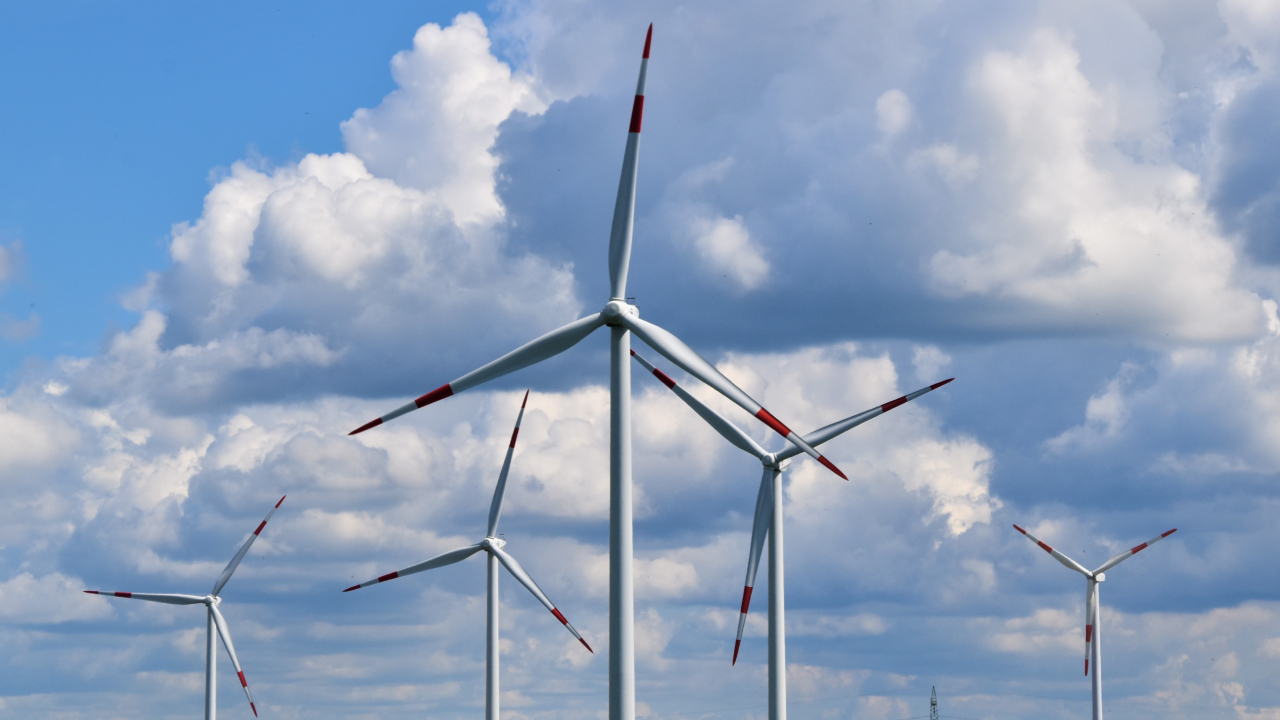- Eskom has managed to generate its highest amount of renewable energy, according to updates it routinely posts to Twitter.
- On 8th July 2023, it saw 2 656MW of renewable energy capacity, which was mostly led by wind production.
- Government has publically said it plans to end loadshedding within the next two or three years.
South Africans have enjoyed a reduced loadshedding schedule for just over a month now. In May, the country was still in the midst of Stage 6 blackouts, meaning that just under half of the day was spent in darkness.
Since 3rd June, there have not been any blackouts during the day hours, according to information collected from tracker EskomSePush (ESP). The difference has been a plan that the government-owned firm put into place in May in the hopes of staving off Stage 8 blackouts during the winter months.
The focus of this plan was mostly to reduce routine maintenance at its stations and increase diesel burn at its open cycle turbines.
A final piece came into effect in a big way just at the right time, as the utility’s renewable energy generation reached its highest recorded levels according to its latest “evening peak” update on Twitter posted 8th July 2023.
Evening Peak 08/07/2023
— Eskom Hld SOC Ltd (@Eskom_SA) July 9, 2023
Eskom Availability: 28 512 MW
Total Demand:: 27 725 MW.
Loadshedding: 2 708 MW
———————————
-Number of OCGT’s utilised:0 -Renewable Generation: 2 656 MW
-RES: Wind 2 508 MW, CSP 148 MW and PV 0 MW
-IPP Availability…
It said that its renewable generation on the day amounted to 2 656MW, most of which came from wind sources which generated 2 508MW of power, and around 148MW of concentrated solar power. This means that Eskom was generating enough renewable energy to reduce loadshedding by just over two stages.
As such blackouts were suspended for most of Saturday as demand was also relatively low.
Over the past few months, Eskom has been generating varying amounts of renewable power. The first time it hit over 2 000MW of renewable power was on 7th March, but then saw several months of less generation where it varied from 500MW to just over 1 500MW, with wind power still leading as the major source.
On 8th April it hit another peak at 1 894MW, then again on 20th April when it managed to generate 2 403MW which as its highest-ever amount at that time according to its Twitter updates. Another 1 900MW was seen on 13th May when South Africa was under Stage 6 blackouts.
It then saw middling generation until the latter half of June, until its 8th July peak. However, generation still varies between 2 000MW and above and below 500MW.
Eskom believes it will take another two or so years to completely eliminate the need for loadshedding and begin producing excess power. This flies in the face of detractors, such as ex-CEO Andre de Ruyter who indicated in his memoir that Eskom was at a stage where it could never feasibly be “fixed”.
President Cyril Ramaphosa signed a new debt relief act into law that gives Eskom access to R148 billion from the treasury to be placed towards efforts in righting the loadshedding problem. This amount is to be distributed over the next three years.
More generation is also expected to come online when Unit 1 of the Koeberg Nuclear Power station returns to service after a lengthy period of maintenance. Unit 1 is reportedly the best performing unit across Eskom’s fleet, and its absence has affected the total amount of power that can be produced.
After Unit 1 is returned to service, Koeberg Unit 2 will then undergo its own servicing. It will be 2025 by the time both units are generating again, with enough capacity to eliminate two entire stages of loadshedding. This coincides with the government’s plan and with the timeline for Eskom’s debt relief.

